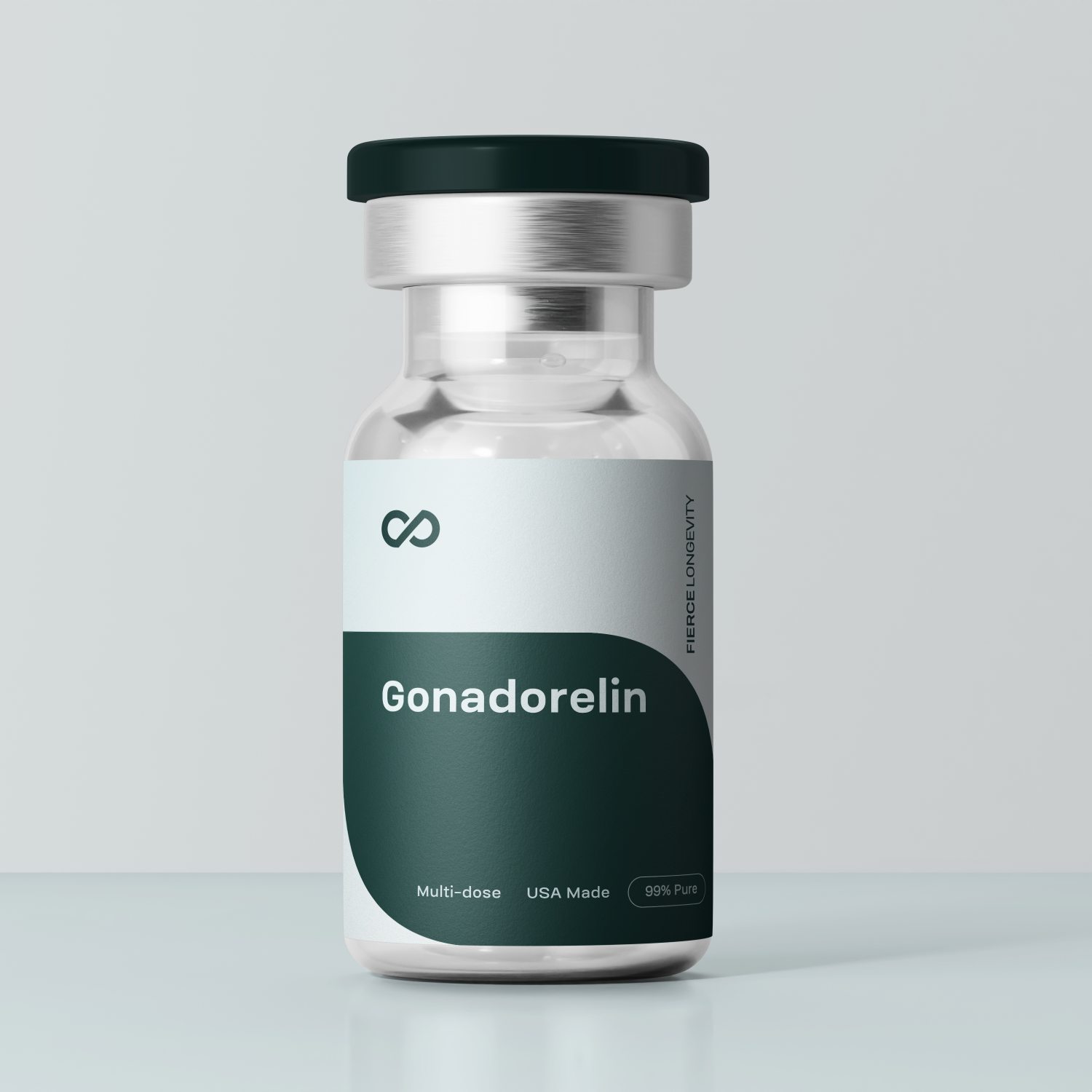
Gonadorelin
Gonadorelin is a synthetic decapeptide that mimics the action of natural GnRH (gonadotropin-releasing hormone). It signals the pituitary gland to release LH (luteinizing hormone) and FSH (follicle-stimulating hormone), which in turn regulate reproductive function and sex hormone production.
In research settings, gonadorelin is used to study hypothalamic-pituitary-gonadal (HPG) axis, fertility protocols, hormonal feedback loops, and reproductive endocrinology. Its short half-life and pulsatile action make it a useful tool for experiments on hormonal dynamics.
What's Included
- 20 Insulin Syringes (31G, 5/16”, 1cc)
- 1 Reconstitution Syringe
- 20 Alcohol Prep Swabs
- 1 Vial of Bacteriostatic Water (10 mL)
⚠️ Important Disclaimer
For Research Use Only. Not for human consumption or therapeutic treatment.

Gonadorelin
If you have any questions, you are always welcome to contact us. We'll get back to you as soon as possible, within 24 hours on weekdays.
-
Shipping Information
Use this text to answer questions in as much detail as possible for your customers.
-
Customer Support
Use this text to answer questions in as much detail as possible for your customers.
-
FAQ’s
Use this text to answer questions in as much detail as possible for your customers.
-
Contact Us
Use this text to answer questions in as much detail as possible for your customers.
Key Highlights
Boosts Natural Hormones
Encourages your body to release LH and FSH — the hormones that control fertility, testosterone, and overall hormone balance.
Supports Fertility
Used to help both men and women with fertility challenges or delayed puberty.
Increases Testosterone Naturally
Helps men boost testosterone without synthetic hormones.
Regulates Menstrual Cycles
Aids in stimulating ovulation for women with irregular cycles or PCOS.
Improves Libido and Energy
May enhance sexual drive and vitality by balancing hormone levels.
Assists in Hormone Therapy
Supports hormone replacement programs, especially in menopause or low-hormone conditions.
Included in the Box
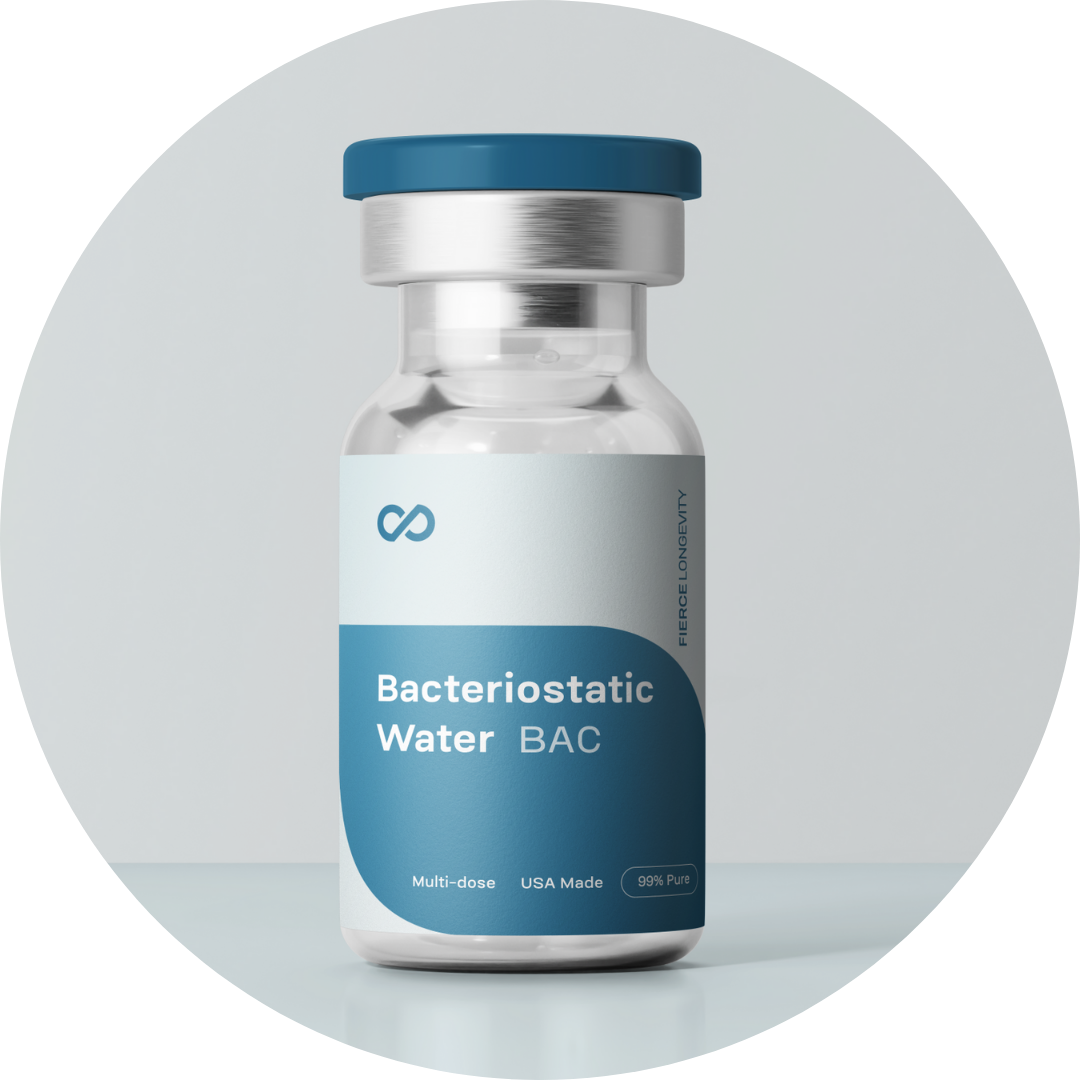
1 Vial of Bacteriostatic Water (10 mL)
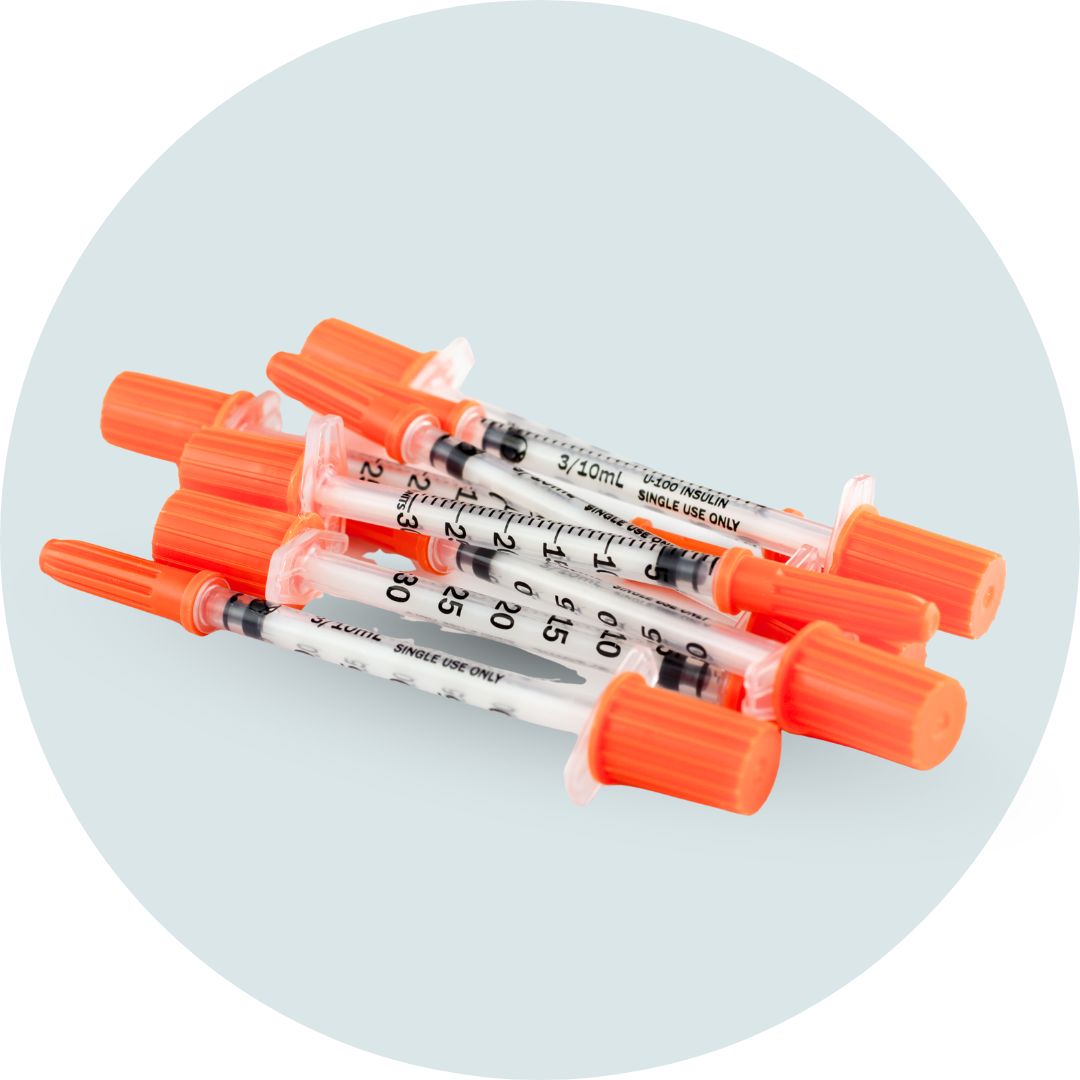
20 Insulin Syringes (31G, 5/16”, 1cc)
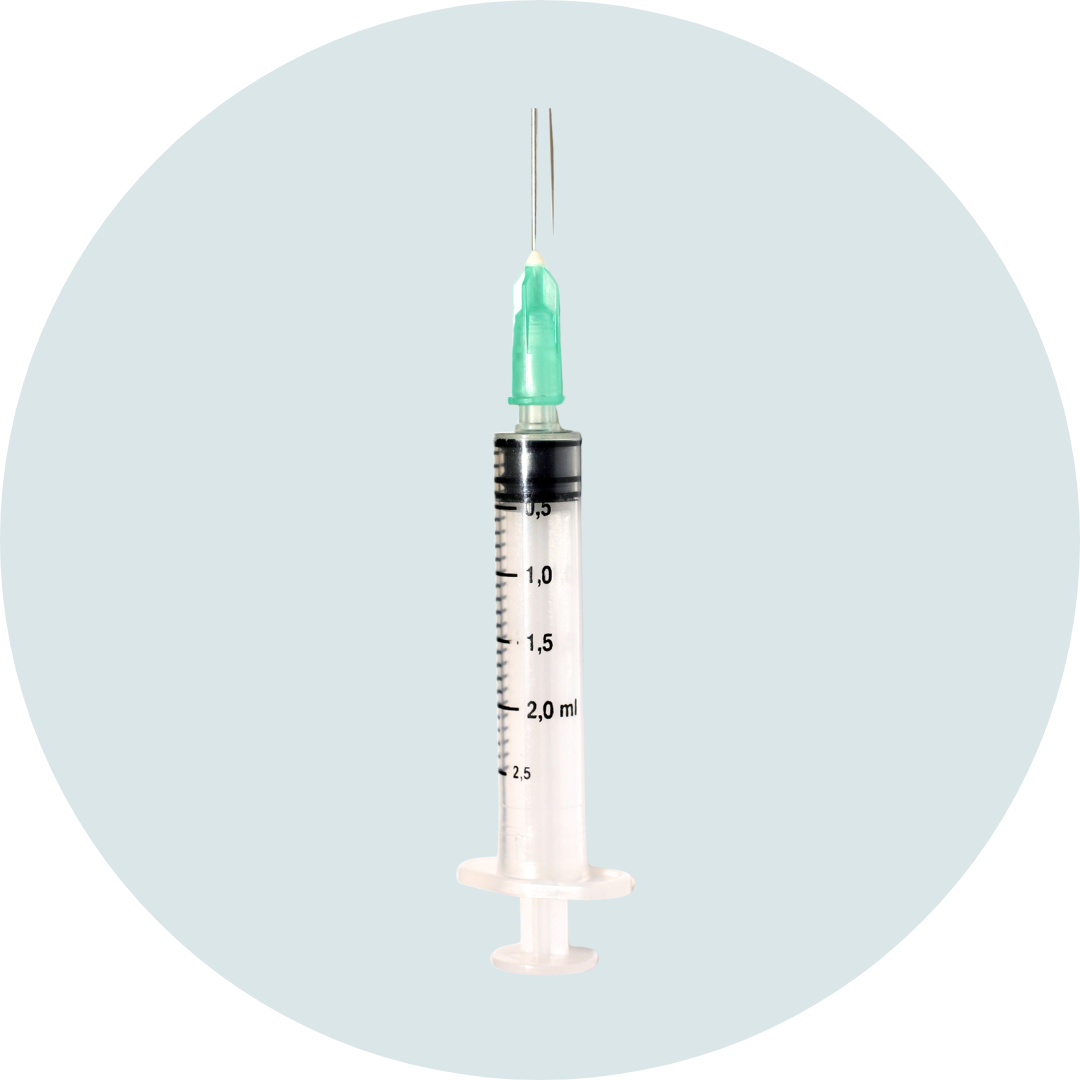
1 Reconstitution Syringe
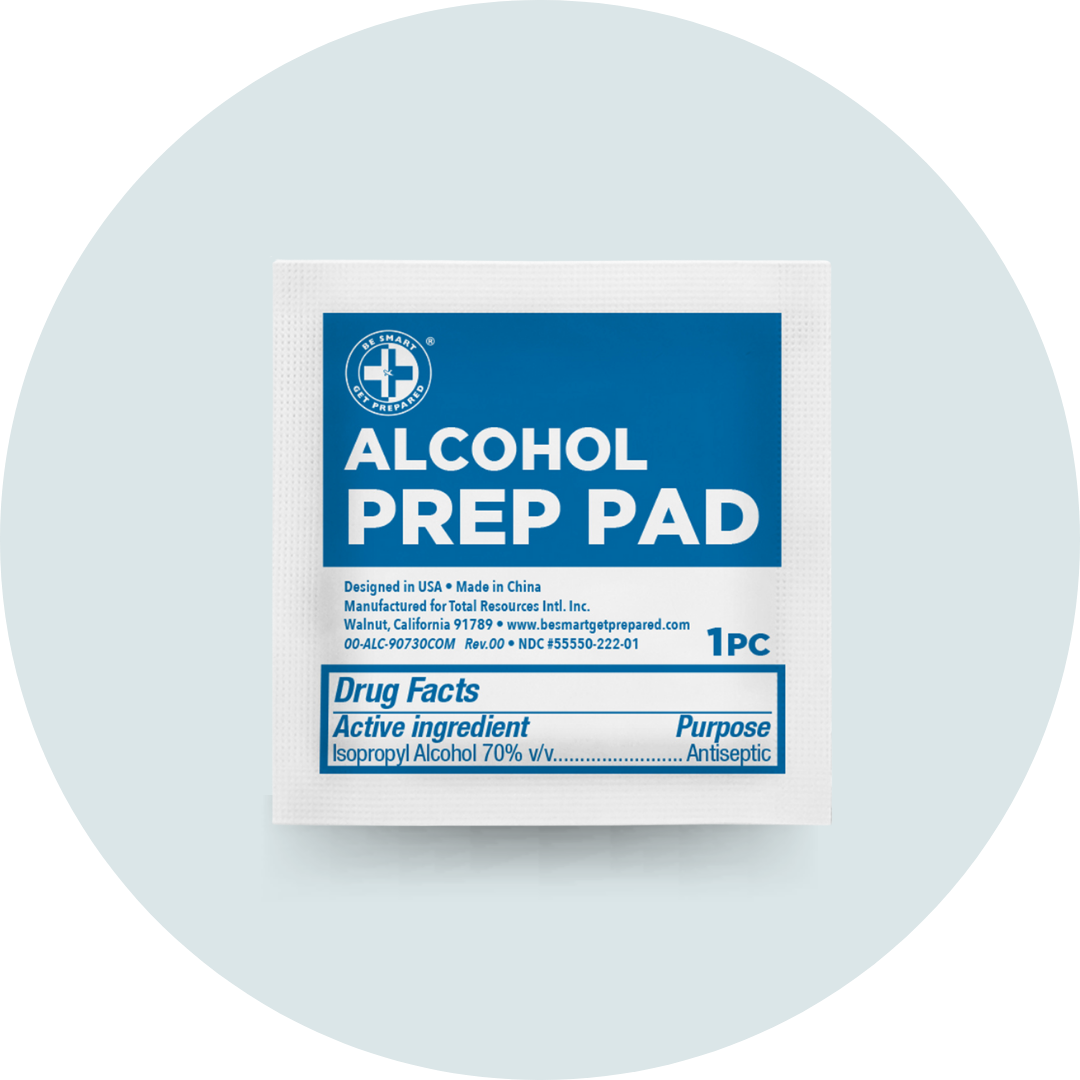
20 Alcohol Prep Swabs
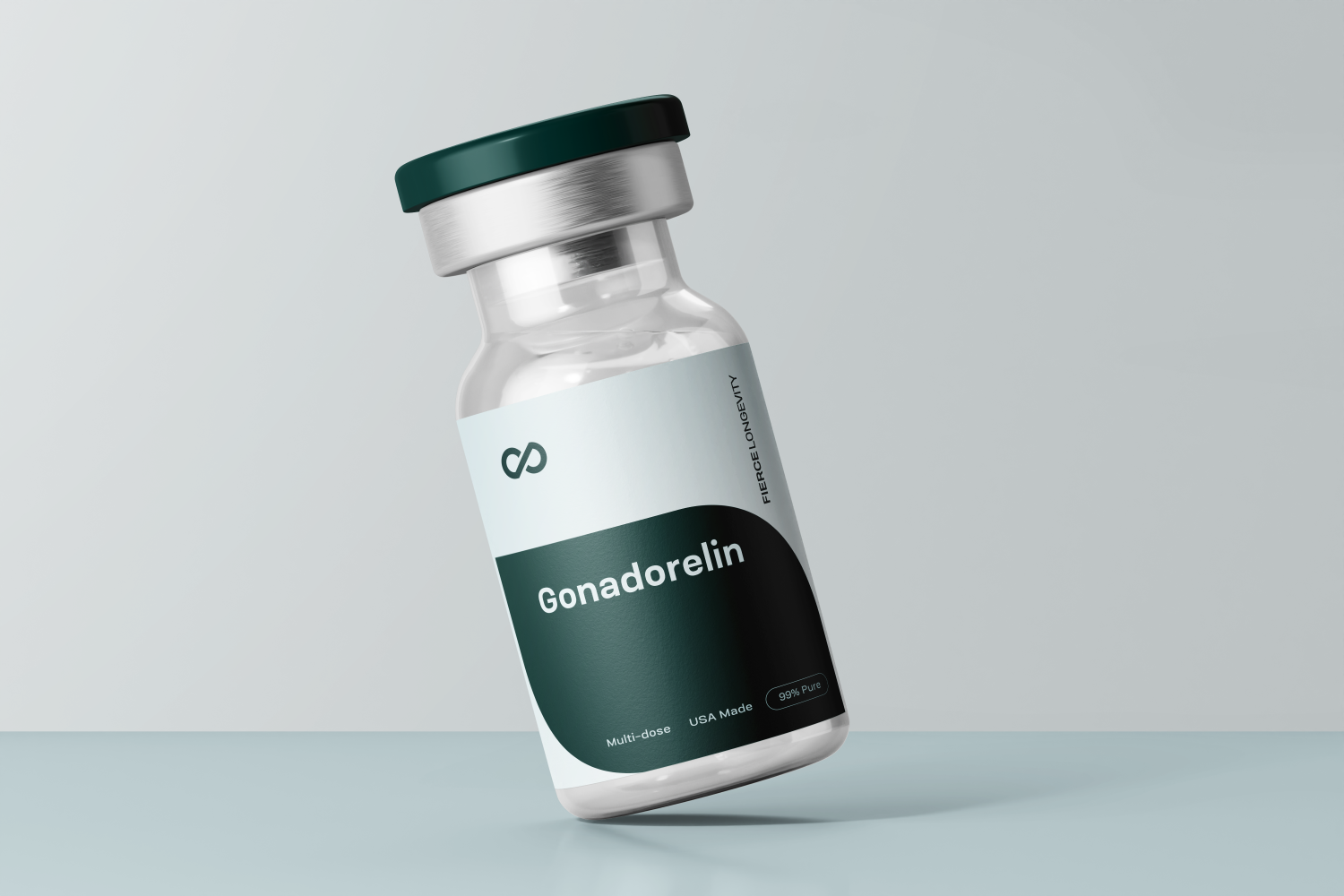
What Is Gonadorelin?
Gonadorelin (also called synthetic GnRH) is a lab-made version of the decapeptide hormone produced in the hypothalamus. It acts on GnRH receptors in the anterior pituitary, triggering the release of LH and FSH. These gonadotropins then stimulate the gonads (ovaries or testes) to produce estrogen, progesterone, or testosterone.
It’s commonly used in diagnostic settings to assess pituitary and hypothalamus function and in research to provoke gonadotropin response.
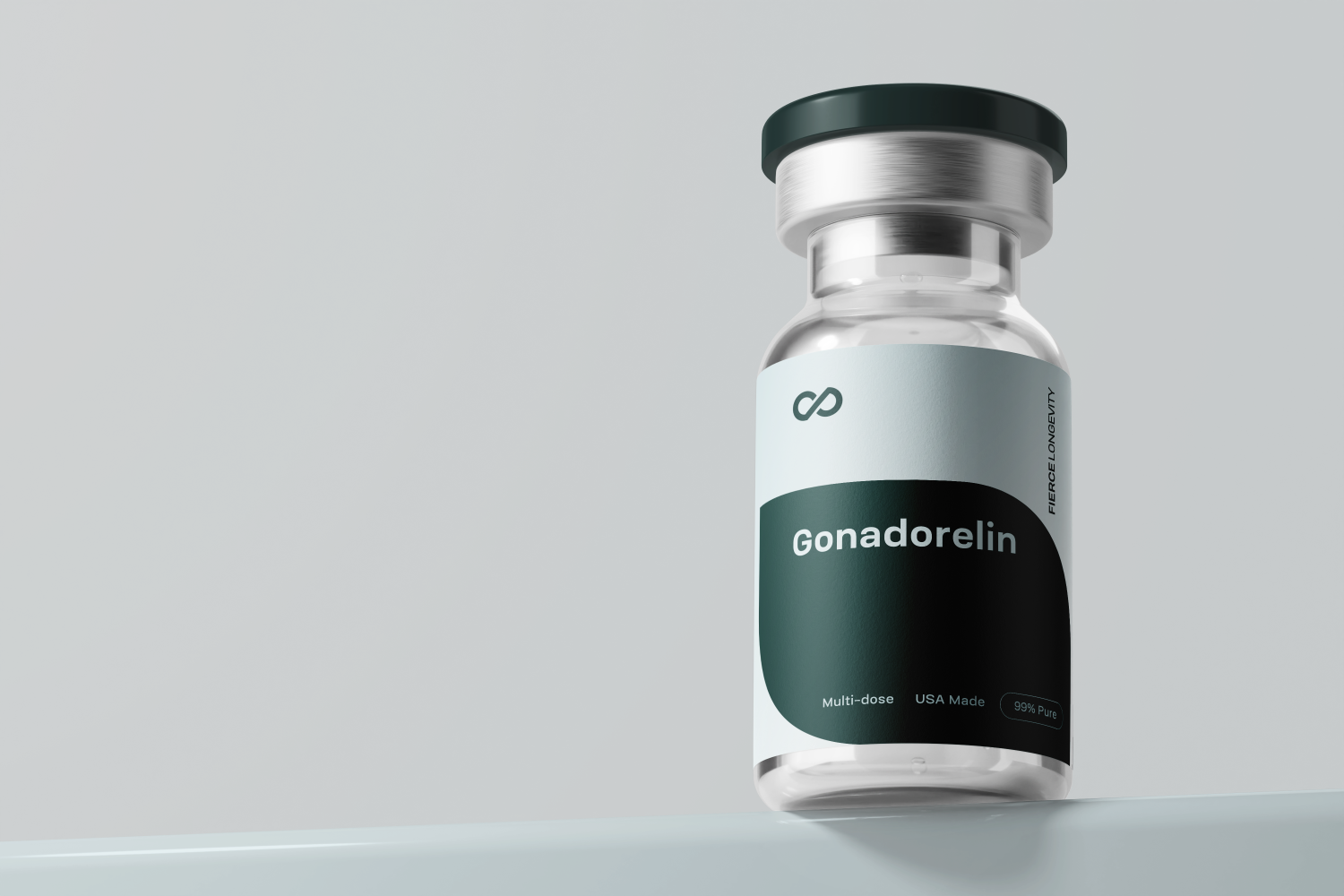
Why Choose Gonadorelin?
Researchers prefer gonadorelin for its direct and physiologic mimicry of natural GnRH signaling, enabling precise control of the gonadotropin axis. It is ideal when examining endocrine dynamics, fertility modulation, receptor sensitivity, hormonal feedback, or recovery of the axis after suppression.
Its short half-life and pulsatile profile help avoid receptor desensitization and maintain more physiologic responses. And its well-characterized pharmacology and clinical history (e.g. in diagnostic tests) add confidence in reproducibility for experimental designs.
Gonadorelin FAQs
What is gonadorelin used for clinically?
It’s used to test the function of the hypothalamus and pituitary, and to induce ovulation in women with absent or irregular menstrual cycles due to inadequate GnRH release.
How fast does it act, and what is its half-life?
Gonadorelin is rapidly absorbed when injected. It has a distribution half-life of ~2 to 10 minutes, and a terminal half-life of 10 to 40 minutes.
Can continuous exposure to gonadorelin suppress LH/FSH?
Yes — non-pulsatile, sustained GnRH analogues can desensitize the pituitary and suppress LH/FSH. Continuous GnRH stimulation typically leads to downregulation.
In what research contexts is gonadorelin used?
Common use includes fertility studies, hypogonadism models, menstrual cycle regulation, and endocrine feedback assay models.
What are risks or side effects?
Because gonadorelin is physiologic, side effects are usually mild — injection site discomfort, headache. However, in clinical or diagnostic use, contraindications include hormone-sensitive cancers or pituitary disorders.
How should gonadorelin be stored and handled?
It’s typically stored as lyophilized powder under cold, dry conditions. Reconstitution must be done using sterile technique, and storage conditions post-mixing should prevent degradation. (Standard peptide handling; also described by manufacturers)






